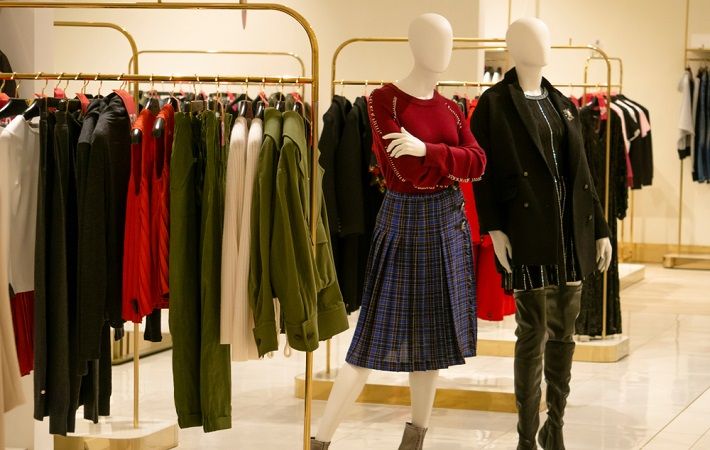
RoSCTL, which was launched in March 2019 to replace the then-effective scheme for Rebate of State Levies (RoSL) and the Merchandise Exports from India Scheme (MEIS), had expired in December 2020. While it was supposed to be superseded by the much-awaited Remission of Duties and Taxes on Export Products (RoDTEP) scheme from January 1, 2021 onwards, the rates and structure for the same had not yet been announced.
"Uncertainty on the structure as well as rates of the export incentives had made it challenging for the exporters to price their goods over the past six to seven months. Given the uncertainty, it appears that many players, particularly the larger ones, did not factor in export incentive benefits, or factored in the same at lower rates in H1 CY2021. Such players could report an upside, with the change being implemented with retrospective effect," credit rating agency ICRA said in a press release.
As per ICRA’s estimates, in the past, incentives for exporters of apparels and made-ups have typically been ~6-8 per cent of export sales. Elaborating on this, Jayanta Roy, senior vice president & group head, Corporate Sector Ratings, ICRA, said, “Clarity on the scheme has brought in much-needed relief to the Indian exporters of apparels and made-ups. Particularly for apparel exporters, who are already struggling to maintain their share in an intensely competitive global apparel market, this step would provide stability and enable them to effectively price their products without worrying about retrospective changes.”
Previously in FY2020, the exporters had factored in the export incentive benefits under the RoSCTL scheme and the MEIS up to December 2019 while pricing their products. However, the Government issued a clarification in January 2020, as per which the benefits under MEIS for the apparels and made-ups sectors were withdrawn with retrospective effect from March 2019 onwards. This had necessitated a write-back of export incentives already booked in the orders shipped during FY2020. To compensate the exporters for any loss, the Government had announced an ad-hoc incentive upto 1 per cent till December 2020, despite which marginal impact was seen for some categories.
The trend in India’s apparel exports has remained un-encouraging in the recent years. In CY2020 (refers to Calendar Year), India’s apparel exports fell steeply by ~25 per cent amid the pandemic impact, whereas the global apparel trade shrunk by ~13 per cent during the year. Over the past five years, India’s share in the global apparel trade has dropped to an estimated 3 per cent in CY2020, from ~4 per cent in CY2015.
In comparison, shares of some of the major competing nations such as Bangladesh and Vietnam have expanded to 6.8 per cent and 7.4 per cent, from 6.1 per cent and 4.9 per cent respectively, during the same period. External challenges for Indian textile exporters have also heightened with increased activities on several free trade agreements among the key trading nations, which has intensified competition from nations having a cost advantage over India.
“With several internal as well as external headwinds, recent years have turned out to be rather challenging for India’s apparel exporters. Besides other internal challenges such as infrastructural bottlenecks, issues in skilled labour availability, liquidity issues due to delays in refund of input credits and export incentives, a key challenge for the domestic apparel and made-up exporters has been alternating stances on export incentive schemes in the recent years,” said Nidhi Marwaha, vice president & sector head, Corporate Sector Ratings, ICRA, in the release.
Further, the concerns for the Indian textile exporters have also been heightened after the US challenged India’s export inventive schemes at the World Trade Organisation (WTO) in March 2018, which was upheld by the latter in October 2019. While India appealed against the decision requesting for a transition period of eight years from 2017, the appeal remains pending, adding to uncertainties on the likely rates and structures of the new schemes.
Discontinuance of the MEIS benefits and launch of RoDTEP scheme were conjectured to be steps by the Government in the direction of making India’s export incentive schemes compatible with the WTO norms. While this remains a monitorable for the sector, extension of RoSCTL scheme has provided some clarity to a large category of India’s textile exporters. HS Code Categories 61, 62 and 63 included under the announcement cover apparels and made-ups. Products in these three categories account for nearly 55-60 per cent of India’s textile exports.
However, clarity is awaited on the other textile segments, mainly comprising raw materials and intermediate products such as fibres, yarns and fabrics, which are proposed to be covered under the RoDTEP scheme.
Fibre2Fashion News Desk (RKS)